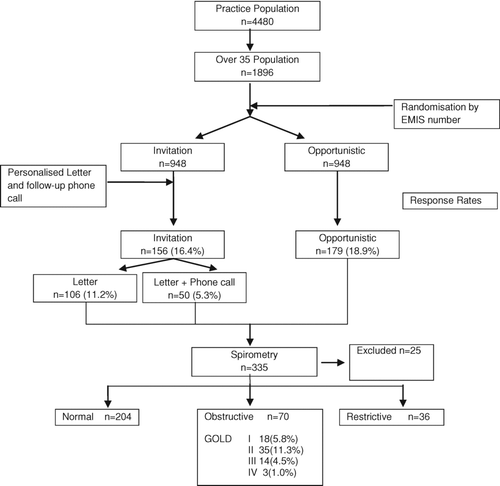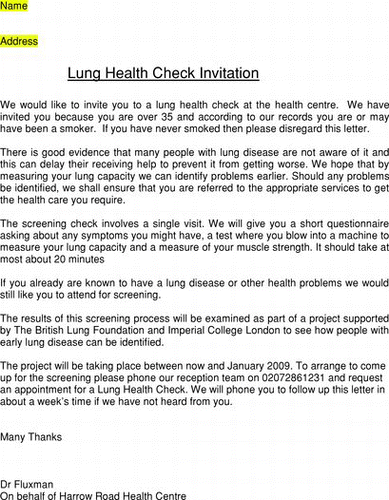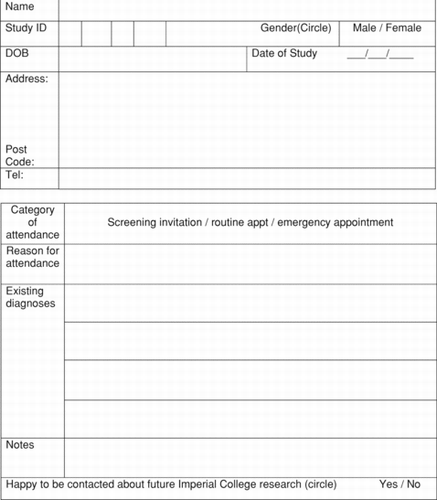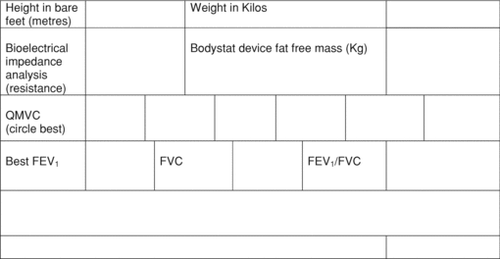Figures & data
Table 1. Participant characteristics by screening groups
Figure 2. Group mean values (± SD) for voluntary quadriceps strength stratified by self-reported MRC dyspnoea scores. There was significant reduction in strength with increasing dyspnoea score in all subjects (* p < 0.0001, † p = 0.0002, ‡ p = 0.0067, § p = 0.156), ‘healthy’ subjects (ll p = <0.0001, ** p = 0.0031), those with obstructive spirometry (†† p = 0.0427) and the ‘inactive’ subjects (‡‡ p = 0.047). There was no significant trend in the restrictive group. Error bars represent standard error of the mean.
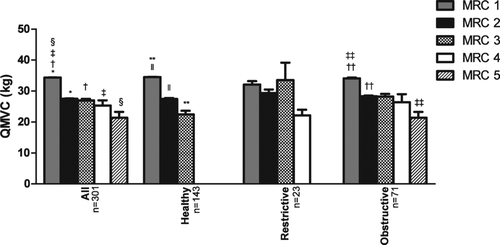
Table 2. Comparison of breathless and not-breathless subjects
Table 3. Correlates of MRC dyspnoea score
Figure 3. Activity level was defined using the GP physical activity questionnaire (GPPAQ) 86% of the active group reported a normal MRC dyspnoea score of 1 with the remaining active subjects scoring 2, “shortness of breath when hurrying or walking up a slight hill”. The inactive group were significantly more breathless (p < 0.0001).
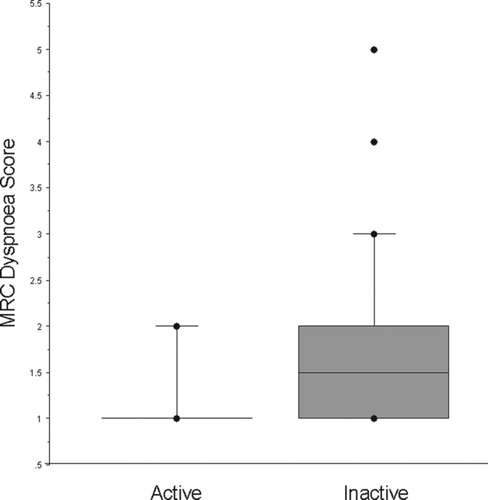
Figure 4. Quadriceps strength was significantly lower in those who were inactive; QMVC 28.6 (9.1)kg v 34.1 (8.9)kg (p = 0.0024). Activity level was defined using the GP physical activity questionnaire (GPPAQ).
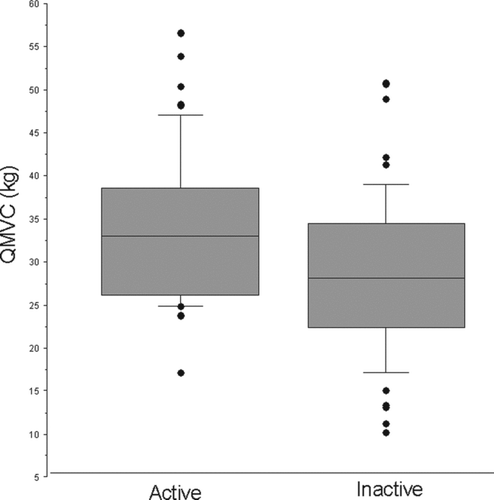
Table 4. Comparison of participants in physical activity questionnaire subgroup to whole population
Table 5. Values are Mean (SD) unless otherwise specified. *p < 0.05 comparing active to inactive subjects
